1. Explain what is a combinational circuit?
In a combinational circuit, the output depends upon present input(s) only i.e, not dependant on the previous input(s). The combinational circuit has no memory element. It consists of logic gates only.
2. Write two characteristics of combinational circuits.
The two characteristics of combinational circuits are:
In combinational circuits, the output exists as long as the input exists.
A combinational circuit will always respond in the same fashion to the input function, when we apply signal to the input terminal of the combinational logic circuit.
3. Explain what is a half-adder?
A logic circuit, that can add two 1-bit numbers and produce outputs for sum and carry, is called a half-adder.
4. Explain what is a full-adder?
A binary adder, which can add two 1-bit binary numbers along with a carry bit and produces outputs for sum and carry is called a full-adder.
5. Explain what is a flip-flop?
A flip-flop is a basic memory element that is made of an assembly of logic gates and is used to store 1-bit of information.
6. Explain what is a latch?
It is a D-type of flip-flop and stores one bit of data.
7. Explain what is an excitation table?
Excitation table gives an information about Explain what should be the flip-flop inputs if the outputs are specified before and after the clock pulses.
8. Explain what is a state table?
State table consists of complete information about present state, next state, and outputs of a sequential circuit.
9. Explain what is Boolean Algebra?
Boolean algebra is a mathematic system of logic in which truth functions are expresses as symbols and then these symbols are manipulated to arrive at conclusion.
10. Explain what are the basic logic elements?
Basic logic elements are NOT gate, AND gate, OR gate and the flip-flop.
11. Explain what is a truth table?
Truth table is a table that gives outputs for all possible combinations of inputs to a logic circuit.
12. Define positive logic and negative logic.
If the higher of the two voltages represents a 1 and the lower voltage represents a 0, then the logic is called a positive logic. On the other hand, if the lower voltage represents a 1 and the higher voltage a 0, we have a negative logic.
13. Explain what is pulse logic system?
A logic system in which a bit is recognized by the presence or absence of a pulse is called a pulse or dynamic logic system.
14. Explain what is an inverter?
An inverter is a logic gate whose output is the inverse or complement of its input.
15. Explain what are the universal logic gates?
Universal gate is a gate that can perform all the basic logical operations such as NAND and NOR gates.
16. Explain what is the specialty of NAND and NOR gates?
The specialty of NAND and NOR gates is that they are universal gates and can perform all the basic logical operations.
17. Explain why NAND-NAND realization is preferred over AND-OR realization?
NAND-NAND realization needs only one type of gate(NAND), that minimizes IC package counter.
18. Explain why is a two-input NAND gate called universal gate?
NAND gate is called universal gate because any digital system can be implemented with the NAND gate. Sequential and combinational circuits can be constructed with these gates because element circuits like flip-flop can be constructed from two NAND gates connected back-to-back. NAND gates are common in hardware because they are easily available in the ICs form. A NAND gate is in fact a NOT-AND gate. It can be obtained by connecting a NOT gate in the output of an AND gate.
19. Explain what is associate law?
Associate law is a low of addition and multiplication and according to this law grouping of the variable is the ORing or ANDing of several variables is immaterial and the results obtained are the same.
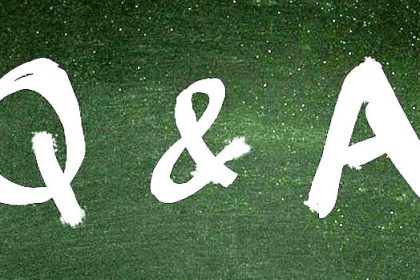
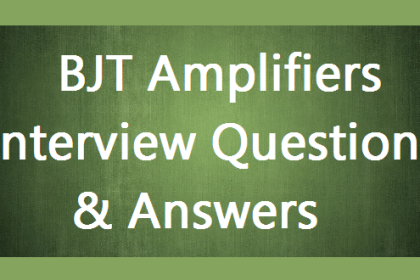
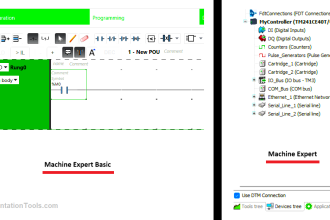

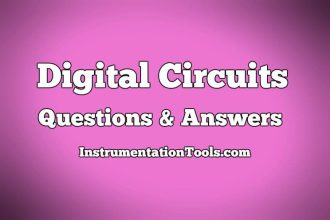
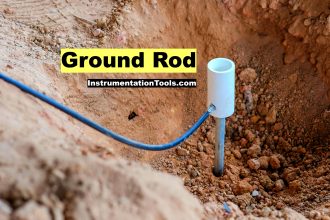
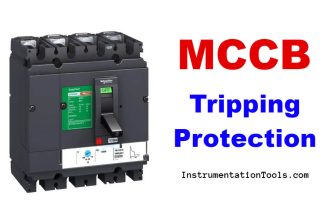
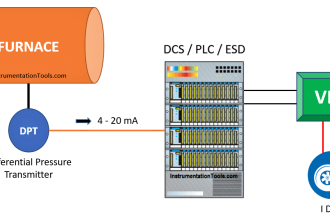
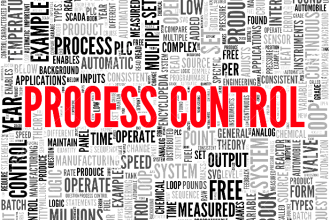
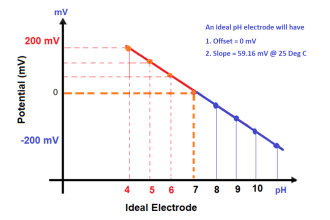

Great effort guys….plz figure out the logic gates and flip-flops…. So it may easy to understand… U guys are rockers